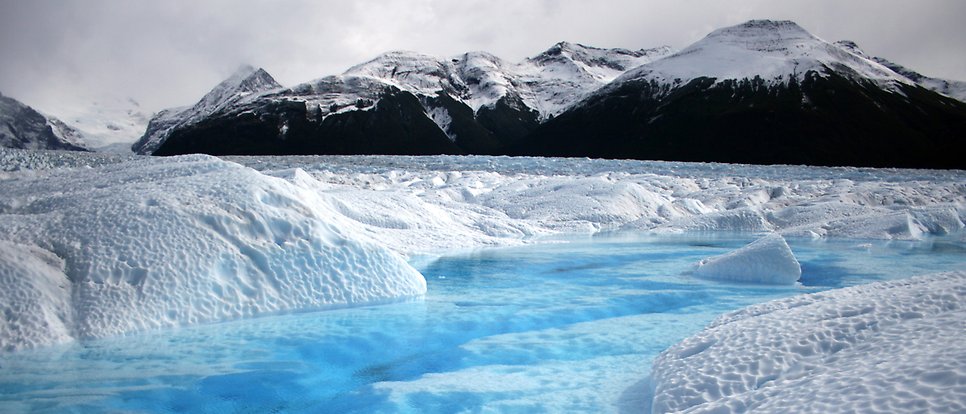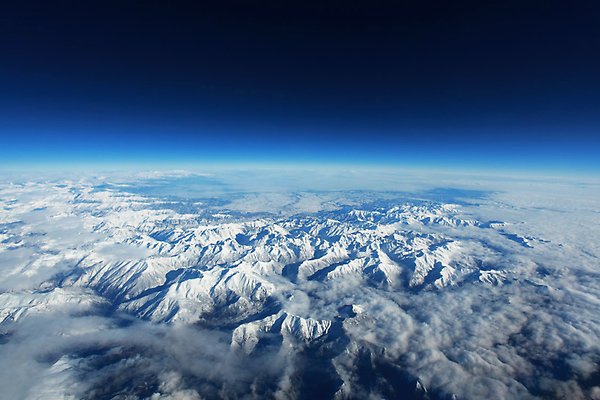Snow and ice

Snow and ice play a key role in the Earth's climate system and are important as a water resource, a habitat, and an environment for chemical exchanges between the soil and the atmosphere. Glaciers are formed when snow is compressed over many years and transformed into ice over time. Glaciers are the Earth's largest freshwater resource and the second largest accumulation of water after the oceans.
Description
Research on snow and ice can provide valuable insights into how climate change affects the Earth's frozen regions, the cryosphere. Our research ranges from the great ice sheets of the past that covered much of the globe, to forecasting the future of glaciers in a warming climate.
Our research
Glacier mass balance
We measure accumulation and ablation (together they form the mass balance) in the field. We also model it using atmospheric and energy balance models. Understanding how the mass gains and losses of a glacier are changing in the future is crucial. It allows us to predict whether a glacier will grow or retreat.
%20(2)%20Mass%20balance.JPG)
Ice cores
We examine ice cores from glaciers in Svalbard, Canada, and the Greenland ice sheet to learn about the climate in the past. The biology, chemistry and physics of the ice cores is a unique window in time allowing us to understand past climate dynamics, environmental conditions and air pollution.
%20(2)%20Ice%20cores.jpg)
Ice dynamics
Although they appear brittle, glaciers in fact behave like a viscous fluid slowly flowing downhill under their own weight (similar to honey). But they can also slide over the underlying sediment with water as a lubricant. We study these processes using field observations and numerical models, ultimately allowing us to predict the future evolution of glaciers under climate warming.
%20(4)%20Ice%20dynamics.jpg)
Snow science
We investigate when snow falls, how much snow accumulates and how it is redistributed. How these processes change over time is also an important part of our research. Using remote sensing observations, models and artificial intelligence, we monitor snow conditions, predict snow melt and evaluate its implications for, among others, hydropower production and flood risk. We also investigate the deposition of pollutants in snow, such as black carbon (soot) and heavy metals.

Glacial hydrology
Water flowing on top of, inside and under glaciers has far-reaching implications for glacier mass balance and dynamics. It is therefore a key variable for predictions of glacier response to climate. Our contributions to this field range from case studies on individual glaciers to geophysical observations on a larger scale. Furthermore, we put a focus on implementing theoretical frameworks in computational models.
%20(3)%20Glacier%20hydrology.jpg)
